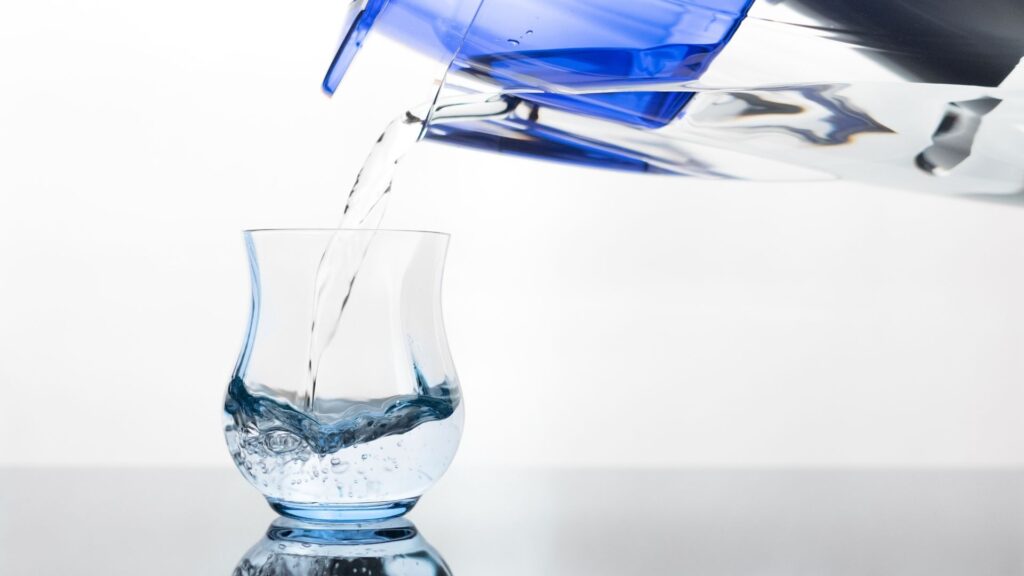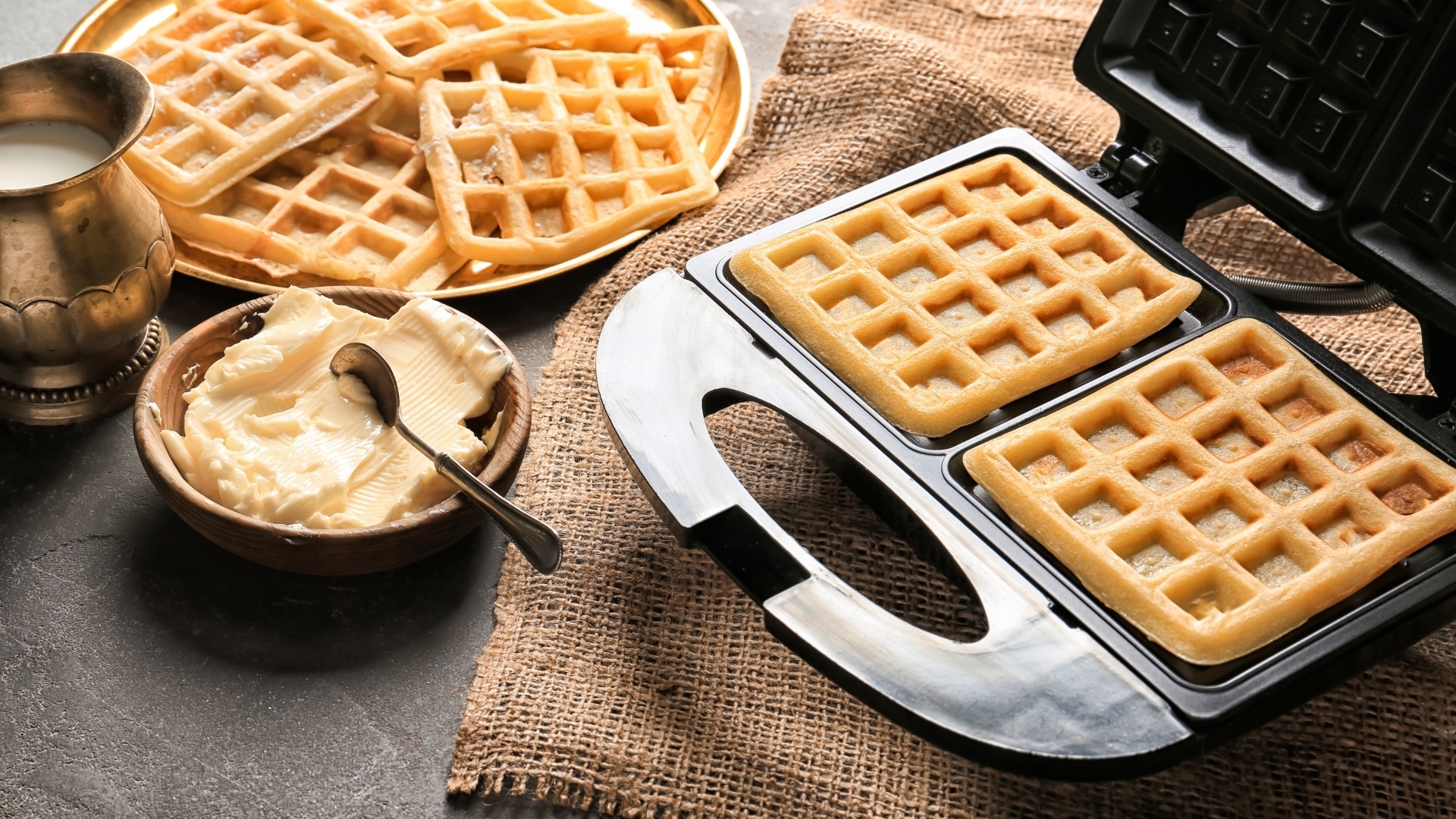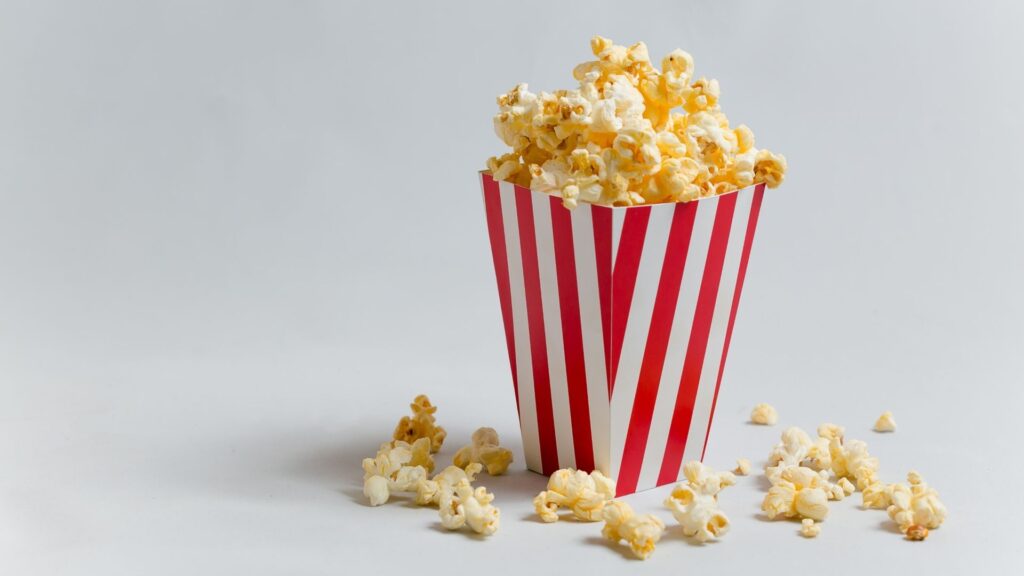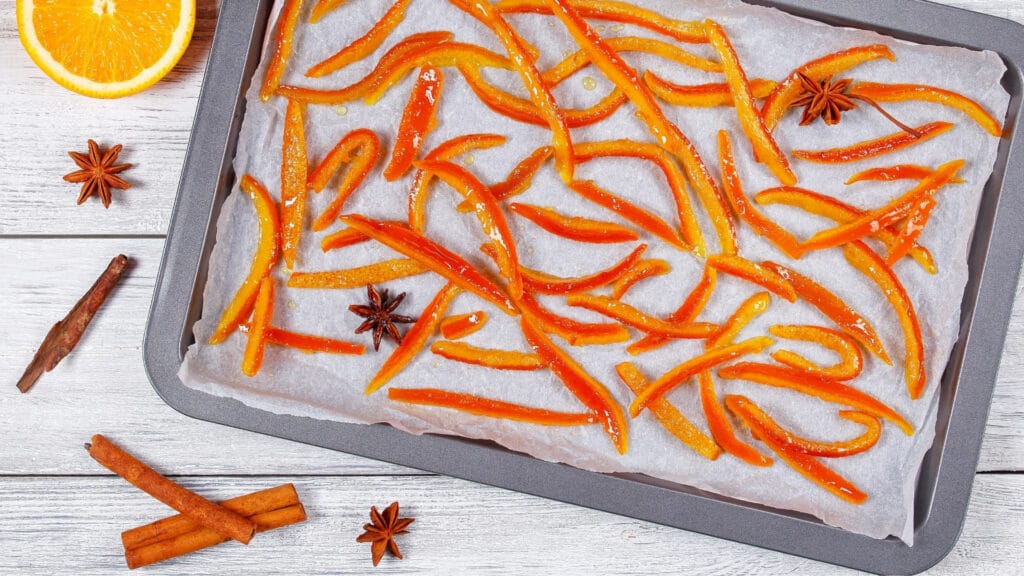Kitchen Knife Care: Preserve Sharpness & Safety
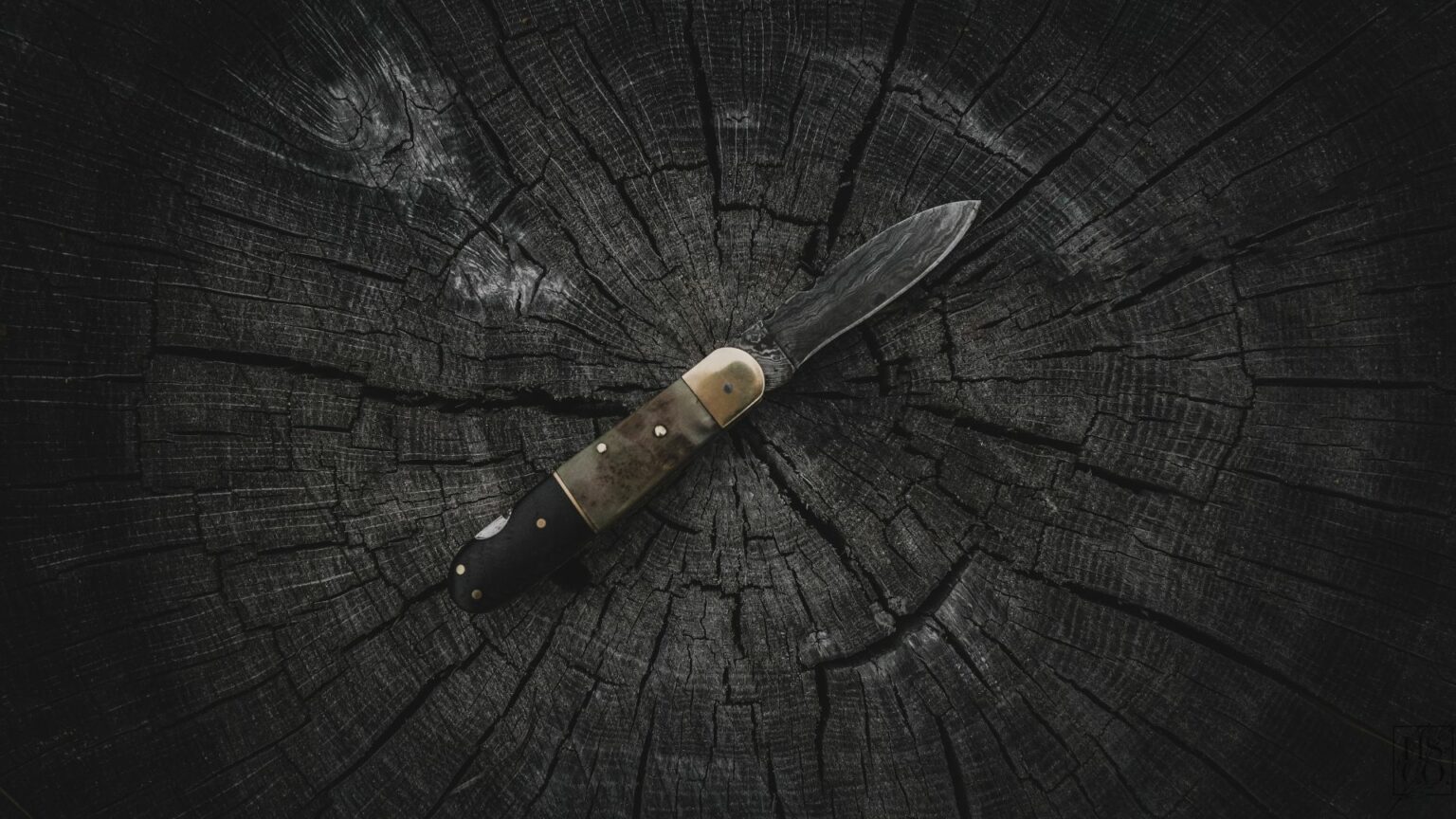
Last Updated: April 12, 2024
Proper kitchen knife care goes beyond just cleanliness. It encompasses everything needed to keep knives sharp and ensure safety in the kitchen. Whether you own the durable Zwilling J.A. Henckels Twin Professional “S” 7-piece set or the stylish Wusthof Classic Ikon collection, their durability depends on your care. Simple acts like washing your knives by hand with warm, soapy water help prevent rust and keep them sharp.
Maintaining your knives meticulously through correct storage and regular honing is crucial. This guarantees that your kitchen knives stay in top shape. It’s vital to recognize the importance of this upkeep for the lifespan of your culinary tools.
Key Takeaways
- Luxury knife sets like Zwilling and Wusthof are long-term investments that require regular maintenance.
- Kitchen knife sets that come with lifetime warranties provide additional peace of mind and value.
- Adopting proper knife storage techniques, such as using wooden blocks or magnetic racks, can protect your knives and prolong their sharpness.
- Professional sharpening services coupled with regular honing using a steel rod can maintain your knife’s edge throughout the year.
- To avert damage to your knives and avoid safety hazards, handwashing is recommended over dishwasher use, ensuring knives are dried completely before storage.
- Carbon steel knives have specific care requirements, such as frequent oiling, to prevent corrosion and maintain the quality of the handle and blade.
Understanding the Fundamentals of Knife Care
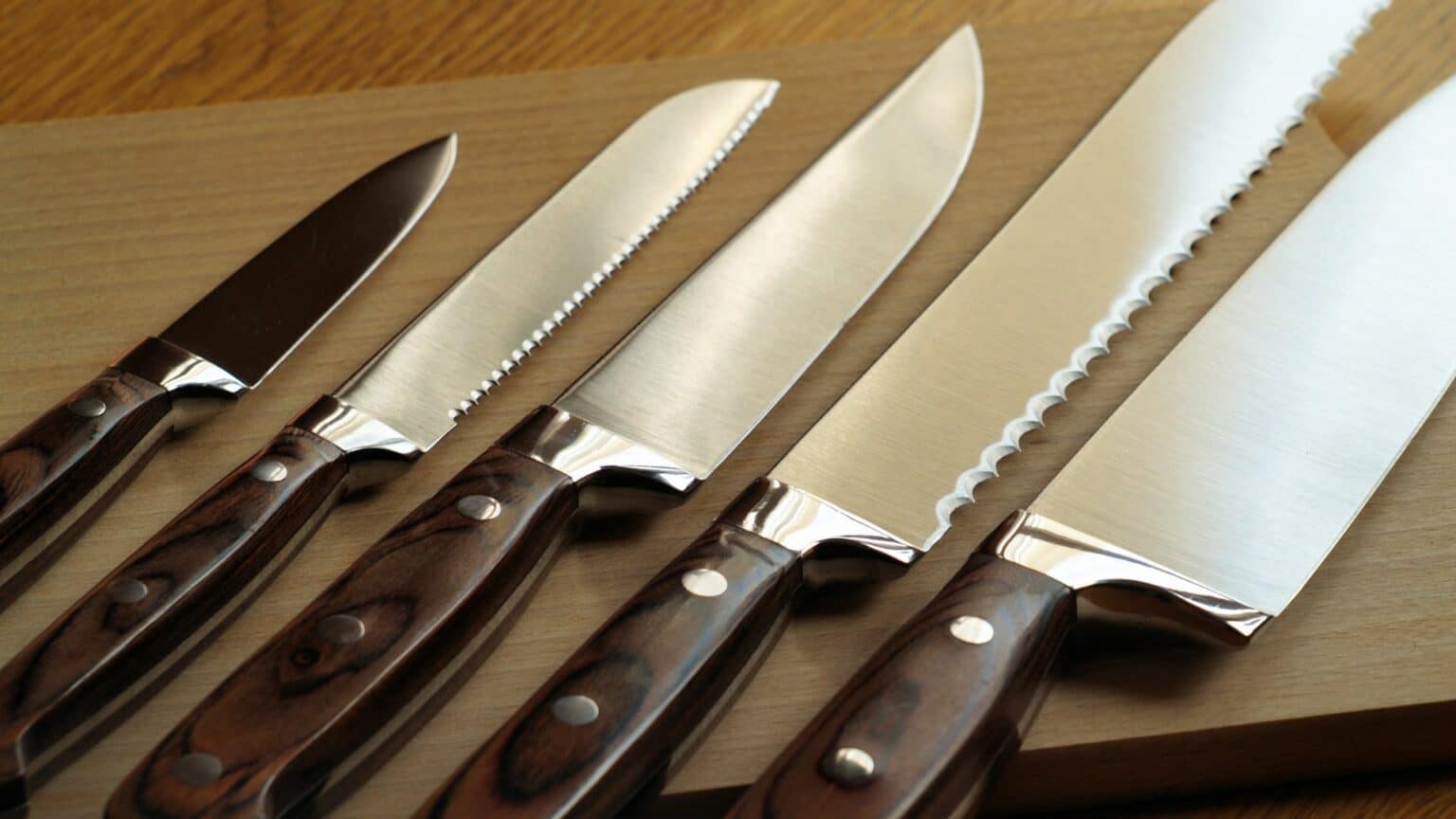
To keep kitchen knives working well and lasting long, it’s important to clean and maintain them correctly. Good kitchen cleanliness is key. It helps keep knives in top shape and keeps you safe.
The Importance of Keeping Knives Dry and Clean
Moisture and leftovers on knives lead to quick damage. Washing and drying knives by hand is best. Studies show that avoiding the dishwasher helps prevent rust and keeps knives sharp. Most users prefer hand washing with warm soapy water for these reasons.
Hand Washing vs Dishwasher: The Safer Choice for Knives
Most knife owners don’t use dishwashers because they can harm knives. Washing knives by hand is preferred. It’s gentle and keeps knives sharp and durable. This helps with better cooking and safety.
95% of people use water stones for manual sharpening. They suggest at least five passes on each side for best results.
Following good cleaning methods means better, safer kitchen tools. It means less risk of injury and more efficiency. It ensures your important knives stay sharp and beautiful.
The Dos and Don'ts of Storing Kitchen Knives
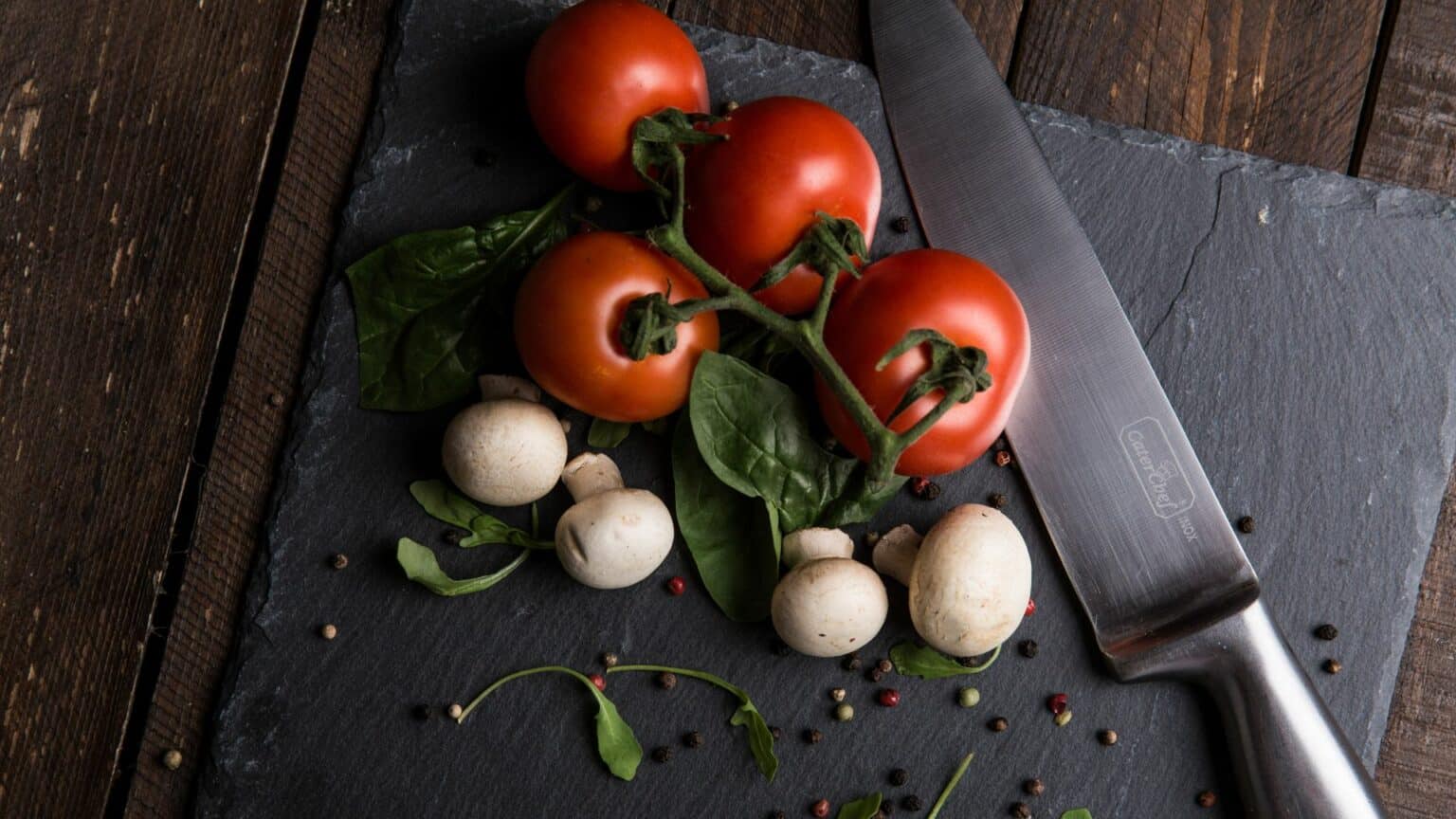
Even skilled hand surgeons at TRIA Orthopedics have seen many kitchen knife injuries. To lower these risks, how we store knives is as vital as how we handle or care for them. Correct knife storage solutions not only evade accidents but also preserve the knife’s sharpness and quality. From chopping onions to slicing apples, every kitchen task is safer with properly stored knives.
Popular Knife Storage Solutions and Their Merits
Today’s kitchens can have smart storage options that reduce injury risks and keep blades sharp. Magnetic wooden strips are stylish and secure for knife storage. They ensure knives are kept in place while adding a decorative touch to the kitchen. These strips also keep knives away from children and prevent them from touching other items that could dull the edges.
For protecting individual knives, especially high-quality ones, saya covers are traditional and effective. These sheaths closely wrap around the blade, protecting it and the user from harm. For those with many knives or chefs who travel, knife rolls are perfect. They store several knives in a roll-up case that’s great for traveling and storage.
Ignoring proper storage may cause more troubles than just a dull blade. A dull knife is riskier, as it needs more force to cut, increasing the chance of slipping. This fact highlights the need to sharpen knives often. Ensuring precision in every cut is critical. With the right storage, cleaning, and maintenance, any kitchen can be safer and more efficient.
Special Considerations for Carbon Steel Knives
Carbon steel knives are prized by chefs for their lasting sharpness. They keep their edge longer than stainless steel knives. However, they need more care because they can rust easily.
The Vulnerability of Carbon Steel to Acidity
The high carbon in carbon steel knives makes them sharp but prone to rust. When they touch acidic food, they can oxidize fast. So, it’s crucial to wash them right after cutting acidic foods.
If not, the acidity can damage the knives, causing stains or pits. This hurts both how the knife looks and works.
Preventative Measures: Oiling Your Knife Regularly
Regularly putting a light layer of food-safe oil on your knife can prevent damage. This keeps moisture away and makes a shield. Camellia oil is great for this because it doesn’t change the food’s taste.
Keeping our kitchen tools in top shape is key for food safety. Poorly kept knives can lead to foodborne illnesses. Quality, well-kept carbon steel knives are essential for safe and excellent cooking.
Professional Knife Maintenance and Sharpening

For those who love cooking and kitchen experts, keeping top-notch knives is essential. It’s not just about pride, but also about need. High-quality knives like the Zwilling J.A. Henckels Twin Professional “S” 7-piece set, priced at around $315, and the 7-piece Wusthof Classic Ikon set, costing about $380, require proper care. While sharpening them at home is important, sometimes professional knife sharpening is needed to keep them performing well and safely.
When to Seek a Professional's Expertise for Your Knives
Honing your knives after each use with a steel or ceramic rod is advised. But over time, fine-edged blades get microscopic burrs. When used often and exposed to acidic foods like citrus or tomatoes, blades can dull quicker. So, it’s smart to get professional tune-up services annually or semi-annually. For heavy users or those unsure about sharpening, a professional’s help is comforting. This is especially true when knives get dull even after regular care at home.
However, be cautious of certain sharpening methods. Machine sharpening can be too harsh, harming the knife’s steel with too much heat and force. A skilled sharpener, using gentle techniques, can fix a dull blade and make it last longer. Even though regular honing can cut down on professional sharpening needs, no home method can match a pro’s thoroughness. Their services ensure your expensive knives stay in top condition.
Professional knife sharpening keeps your knives sharp and functional, as cooks desire. Along with right storage, like magnetic strips or knife guards, and proper hand-washing, combining at-home sharpening methods with professional help keeps your knives in great shape for a long time.
Clearly, achieving culinary brilliance requires well-maintained sharp knives. This approach respects both the culinary arts and the precise tools needed for it.
Mastering Safe Knife Usage Habits
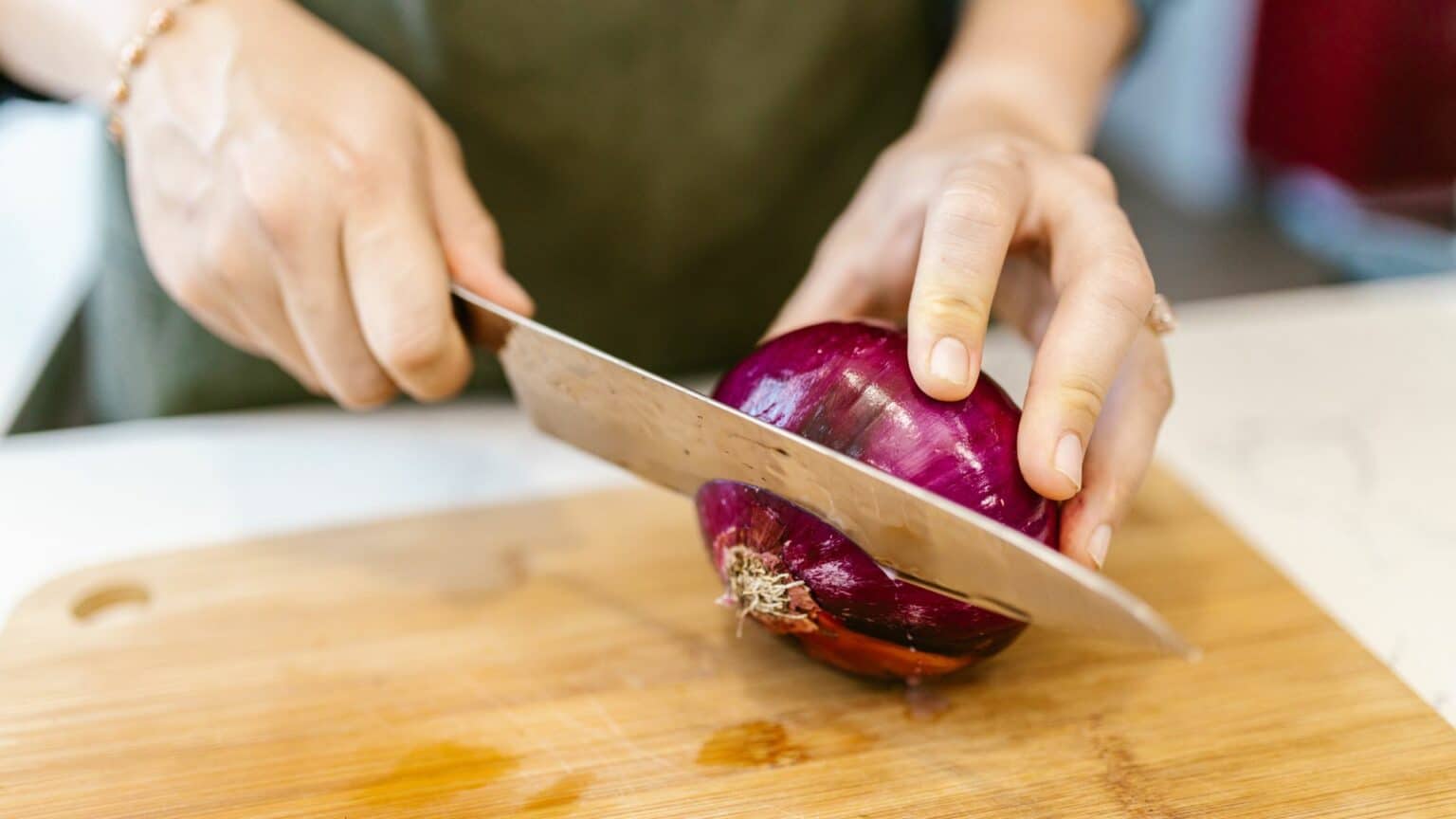
Learning safe knife handling is crucial for cooks at all levels. It combines skill, understanding of knife control, and knowledge of your tools. For example, a Chef’s Knife varies in size. Paring knives are small, at 2-4 inches. Larger ones, like chef’s and santoku knives, are 8-10 inches. Each type serves different needs and requires specific cutting techniques.
Proper Knife Handling Techniques
The “two-finger pinch” grip is key to safety. It’s used by pro chefs to control the blade perfectly. By holding the knife at the bolster with your thumb and forefinger, you gain stability and precision. This grip reduces force needed and helps keep the blade sharp. Knives like the MAC MTH-80 or Our Place Everyday Chef’s Knife work better and last longer with this grip.
Knowing what your knife is made of also helps with safety. Carbon steel knives stay sharp but must be kept dry to avoid rust. They need to be cleaned and dried quickly after use. Ceramic knives last long too but can break easily if dropped. The Global G-2 chef’s knife is great because it’s sharp and lightweight, making it easy to use.
How you take care of your knife affects its performance. Sharpening it with a rod every 2-3 uses keeps it in good shape. Tools like the Wüsthof Classic Ikon benefit from this. Storing knives properly, like upside down in a block or in a sheath like the Our Place knife, also helps. A well-cared-for knife is safer to use.
Being good at cutting techniques and maintenance is like being your own kitchen bodyguard. It mixes art, science, and safety. This foundation makes every cooking experience successful.
Avoiding Misuse to Protect Your Knife's Sharpness

In the culinary world, knowing how to use knives right is crucial. A well-kept knife shows a chef’s skill and keeps the kitchen safe. Yet, many people use knives wrongly, which can make even the best blades dull. Knives are made for cutting food, not for other jobs.
Misconceptions About Knife Use
Keeping knives sharp means not using them for things they’re not meant to do. For example, don’t use a knife to open cans or cut through hard plastic. Elias Cairo from Olympia Provisions says to avoid harsh chemicals on knives. They can damage the blade over time. It’s about taking care of them gently.
The surface you cut on matters too. Experts suggest buying good quality cutting boards, like the $90 John Boos Maple Wood board from Amazon. It’s kind to knives, unlike glass boards that dull them fast.
Joe Saenz from The Meat Hook talks about how water can harm wooden knife handles. He recommends composite or plastic handles for those who don’t regularly maintain their knives. Oil is good for preserving them. Also, sharpening your knives often is important. You can use a $30 KING Japanese Sharpening Whetstone or get professional help. Sharp knives are safe and work better in the kitchen.
Good care and knowing the right knife usage tips and proper knife applications are key to keeping your knives sharp for a long time. Simple steps like drying them with a $1 Utopia Kitchen Dishtowel or storing in a $29 Universal Knife Block make a big difference in protecting your knives.
Utilizing the Correct Cutting Surfaces
The surface you choose for chopping can greatly affect your knives’ lifespan. Using appropriate cutting boards is crucial for keeping your knives sharp. Surfaces like some plastics or wood help keep blades sharp.
Using any flat surface as a cutting board is a bad idea. It can harm your knives. Glass boards, though clean, make knives dull quickly. So, finding knife-friendly cutting surfaces is key for blade care and safety.
Remember, every time you press down on a cutting surface, you’re engaging directly with the tool that keeps your culinary creations precise and enjoyable. Choose a partner in preparation that respects and maintains the integrity of each knife’s edge.
Choosing the right cutting boards helps keep your knives sharp. It also keeps your kitchen organized. This fosters a caring and excellent cooking environment. It’s all about choosing the best surface for the job, which protects knife edges meal after meal.
The Correct Cleansing Practices for Knives

Taking good care of your knives after each use is key to their durability and function. Washing knives correctly makes sure your food is safe and keeps blades sharp longer. Clean them right away to stop food leftovers from becoming abrasives that dull the knife.
Guidelines for Washing and Drying Your Knives
To take care of your knives well, first rinse them with warm water right after using. If needed, gently rub them with a soft sponge or cloth to remove food bits. But remember, scrubbing too hard can damage the knife’s edge. Then, drying comes into play.
After washing, dry your knives carefully with a clean towel, covering both the blade and handle. Letting knives air-dry on a counter removes moisture completely and keeps the blade from rusting. This is crucial for keeping your knives in top shape.
Using these simple cleaning and drying steps regularly is vital for keeping your kitchen clean and your knives sharp. It becomes a helpful habit for taking care of your knives daily.
Conclusion
Taking care of kitchen knives is more than just keeping them sharp. It’s also about making sure we stay safe while cooking. If we don’t clean and store our knives properly, they can become dull. This makes them more dangerous to use. Kitchen knife cuts are very common, so taking care of our knives means we’re less likely to get hurt.
Knowing about your knives, like the 20-degree angle on their edges, helps with their care. Clean your knives right after you use them. Make sure to store them safely, maybe in a block or on a magnetic strip. Safe handling is key to a good kitchen. Regular upkeep, like honing and sharpening, also keeps tools and skills sharp.
The best knife care combines good maintenance, careful use, and sticking to safety rules. This helps avoid accidents and keeps the knives in top shape. Good care means our knives will last longer. It also shows we’re responsible in the kitchen. Following these tips, chefs and food lovers can use their knives well. This way, everyone stays safe.
After washing, dry your knives carefully with a clean towel, covering both the blade and handle. Letting knives air-dry on a counter removes moisture completely and keeps the blade from rusting. This is crucial for keeping your knives in top shape.
Using these simple cleaning and drying steps regularly is vital for keeping your kitchen clean and your knives sharp. It becomes a helpful habit for taking care of your knives daily.
FAQ
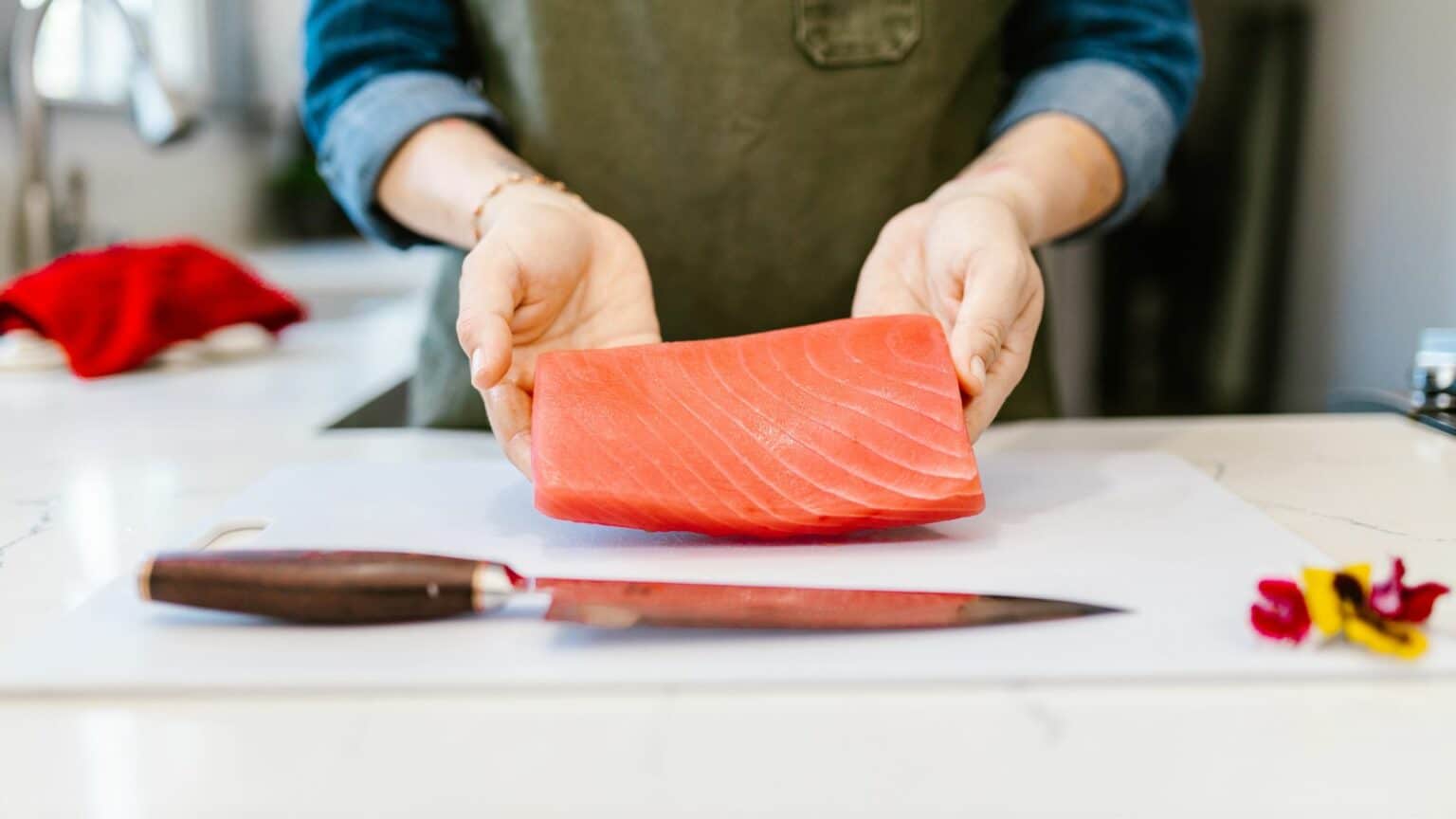
How should I keep my kitchen knives dry and clean?
Wash knives by hand using warm, soapy water. Then, dry them right away with a paper towel. This stops rust and keeps them sharp.
Is it safe to clean knives in the dishwasher?
You should wash knives by hand, not in the dishwasher. In a dishwasher, knives can hit other items. This can make them dull or damaged.
What are some efficient knife storage solutions?
Magnetic strips, saya sheaths, and knife rolls work well for storing. They keep knives safe and separate. This helps keep them sharp and in good shape.
How do acidity and carbon steel knives interact?
Acidity can rust carbon steel knives. Rinse them and dry quickly, especially after slicing acidic foods. This protects them.
Why should I apply oil to my carbon steel knives?
Oiling them with a safe oil, like camellia oil, helps. It keeps moisture and acids away to stop rust. It also helps form a nice patina on the blade.
When should I consider professional knife sharpening?
Get knives sharpened professionally when they dull, and home methods fail. Or do it yearly for knife maintenance.
What’s the difference between honing and sharpening a knife?
Honing fixes the knife’s edge without removing metal. It keeps it sharp. Sharpening takes metal off the blade to make a new edge.
How do I hold a knife correctly for safe handling?
Use the “two-finger pinch” hold for control and safety. It reduces the force needed and protects the edge.
What are common knife use misconceptions that I should be aware of?
Many think dull knives are safer. But, sharp knives need less force and are less likely to slip. Only use knives for food, not as tools for other tasks.
What cutting surfaces are best for knife sharpness?
Wood or plastic boards are best. They keep knives sharp. Glass or stone boards dull knives fast.
How can I tell if my knife needs sharpening?
It needs sharpening if it slips on food or needs more force to cut. That means it’s not sharp anymore.
What should I consider when choosing a knife sharpener?
Consider your knives, your sharpening skill, and what edge you want. Choose between simple sharpeners or precise tools like whetstones.
How can I prevent my knife’s edge from wearing down?
Don’t use glass boards and avoid dragging the edge across surfaces. Use the knife’s spine for scraping or moving food.
What is the correct way to clean and dry knives?
Don’t soak knives. Wash them right after use with warm water. Then, dry immediately with a clean towel.
What are some common mistakes to avoid when storing knives?
Don’t let knives touch or hit other objects in storage. Use blocks, strips, or sheaths to prevent dulling from contact.
Which honing rod should I use for my knives?
The rod you choose depends on the knife type. Western knives often need fine cut rods. Japanese knives might need ceramic or diamond rods for their harder steel.
Recommended Articles :
Copyright 2024 © Beyond the Embrace
Beyondtheembrace.com is a participant in the Amazon Services LLC Associates Program, an affiliate advertising program designed to provide a means for sites to earn advertising fees by advertising and linking to Amazon.com.

